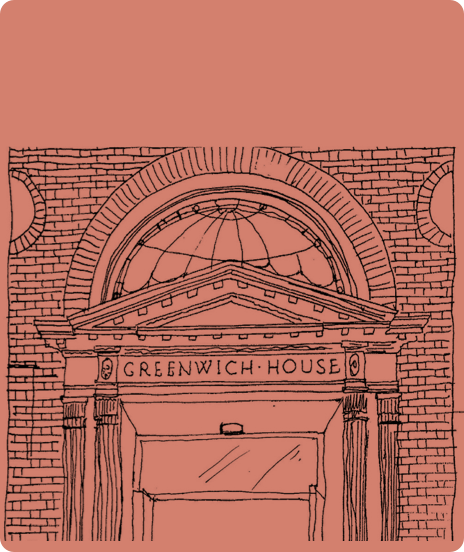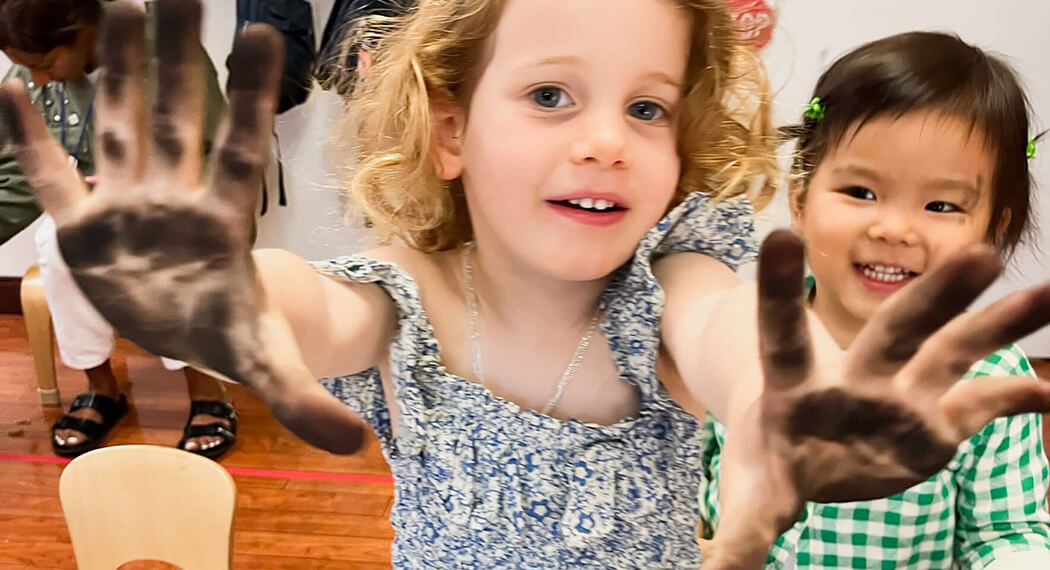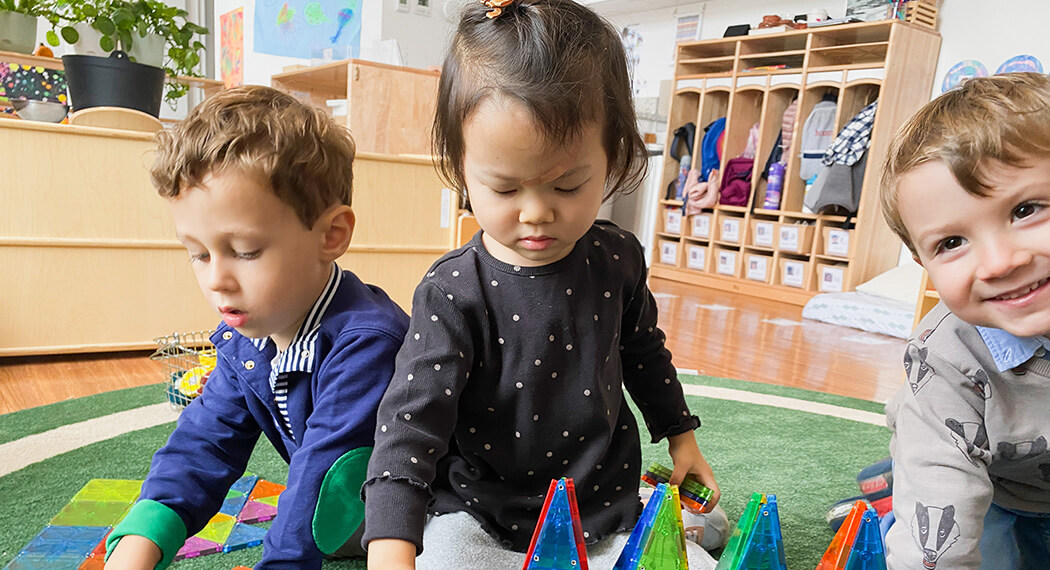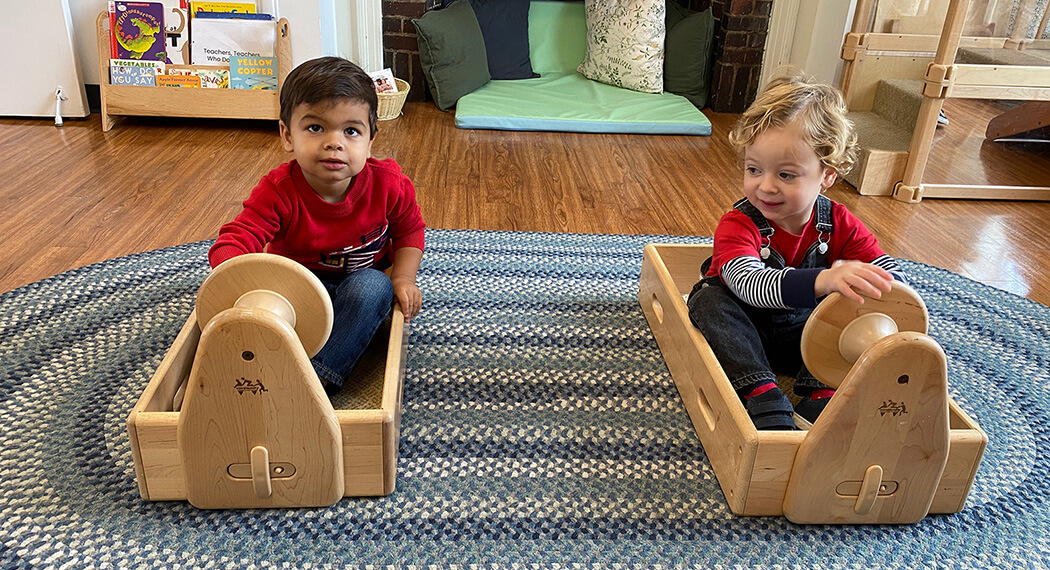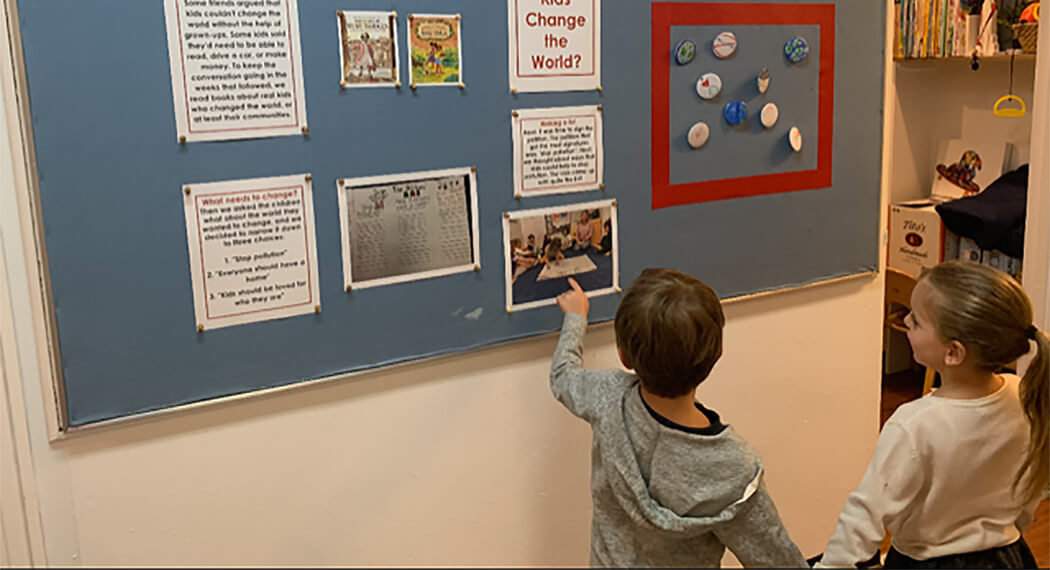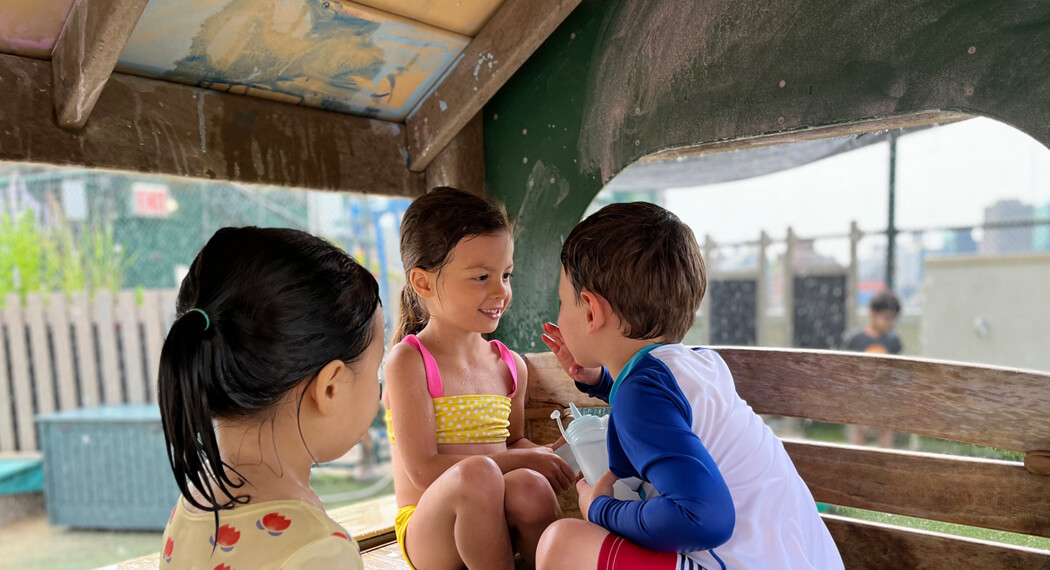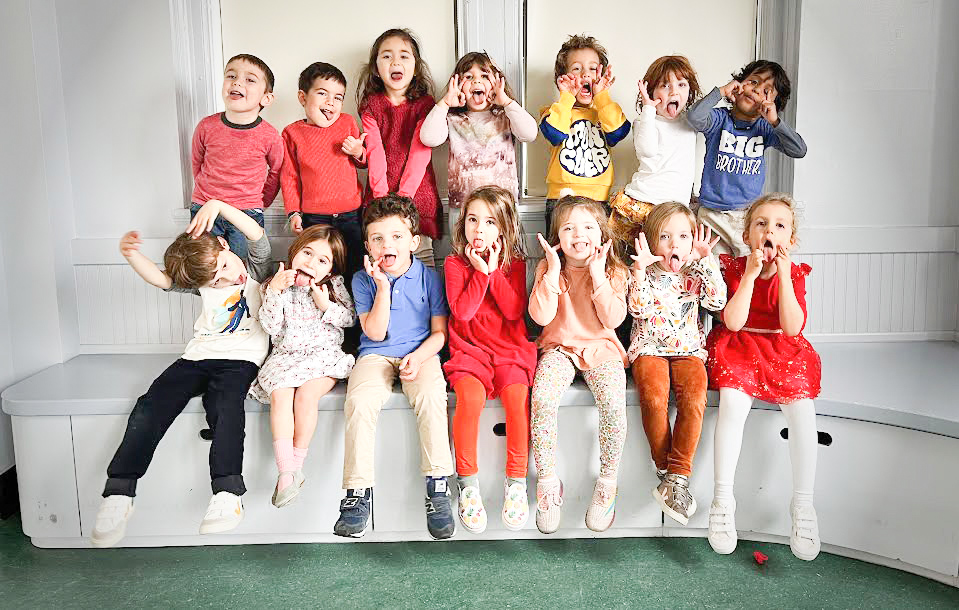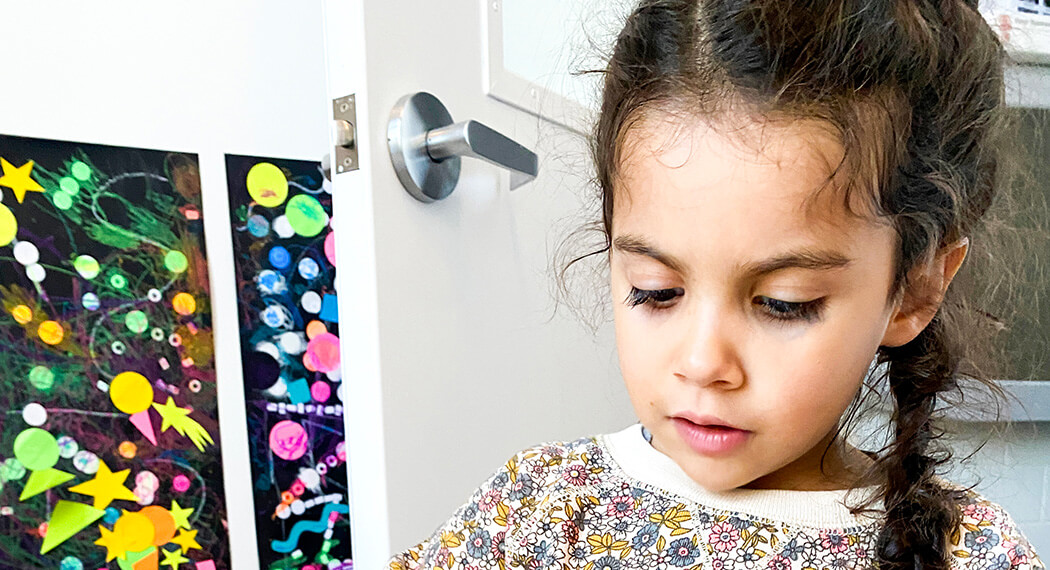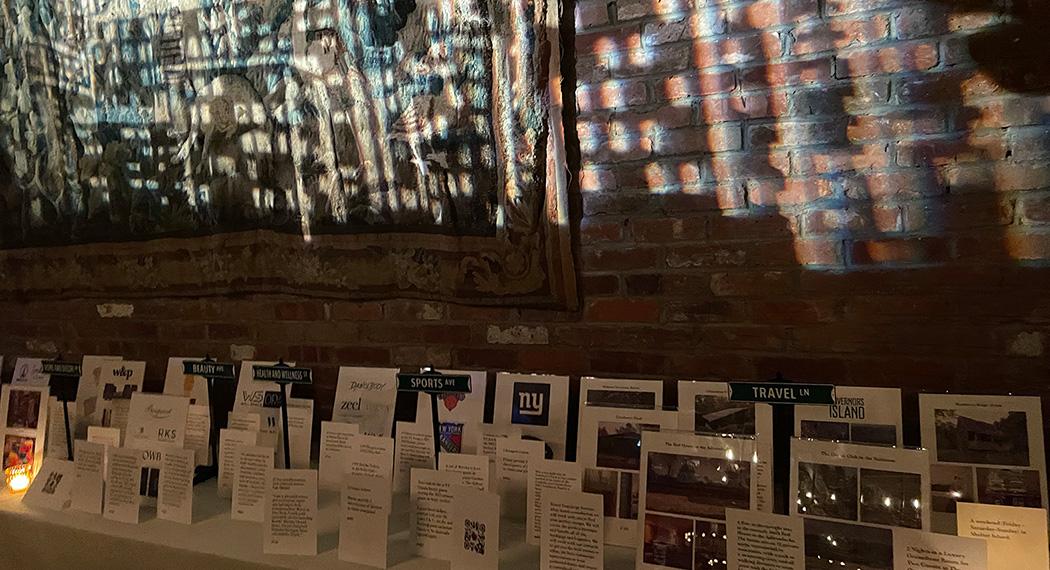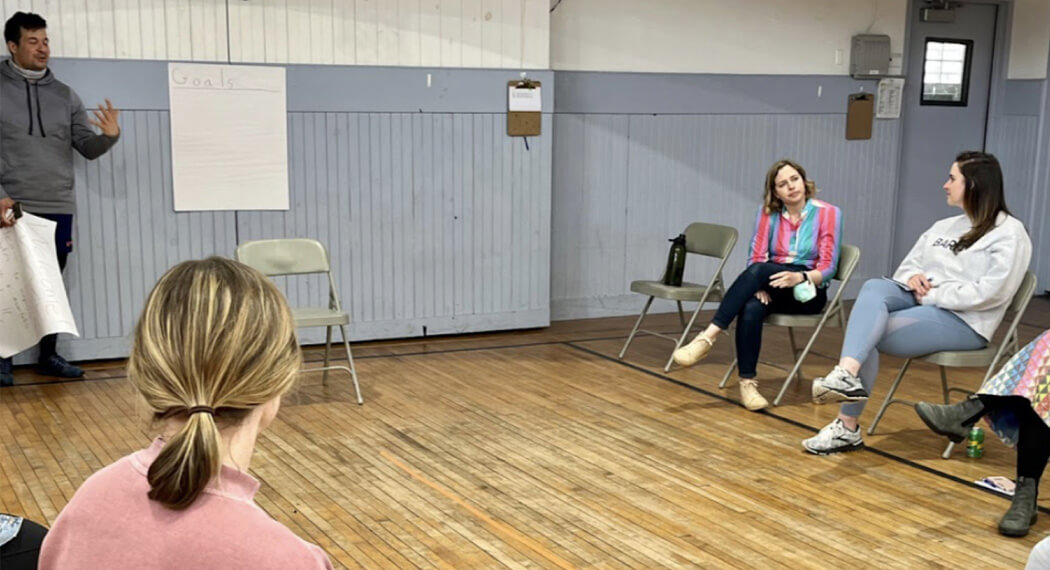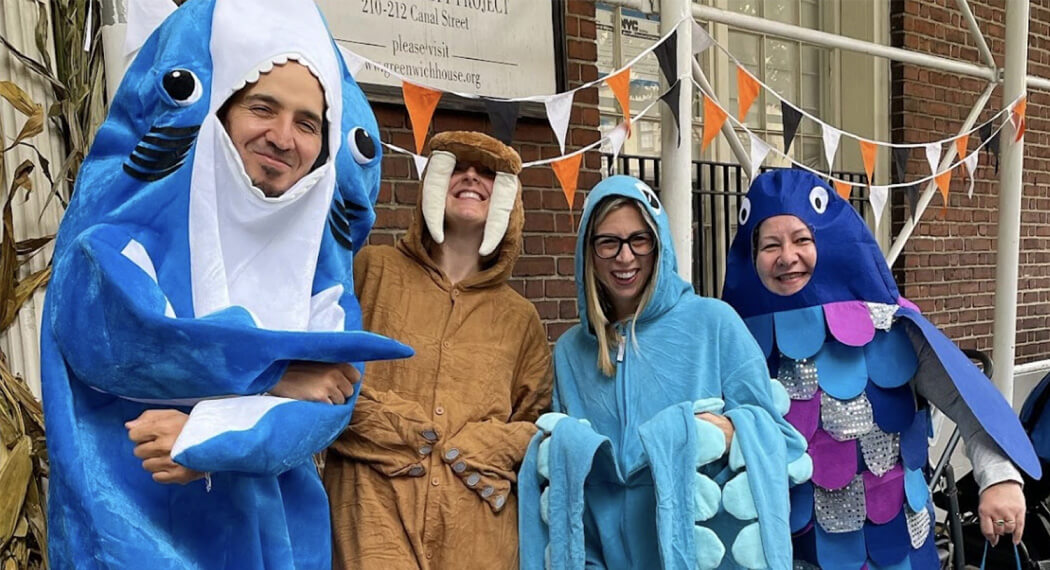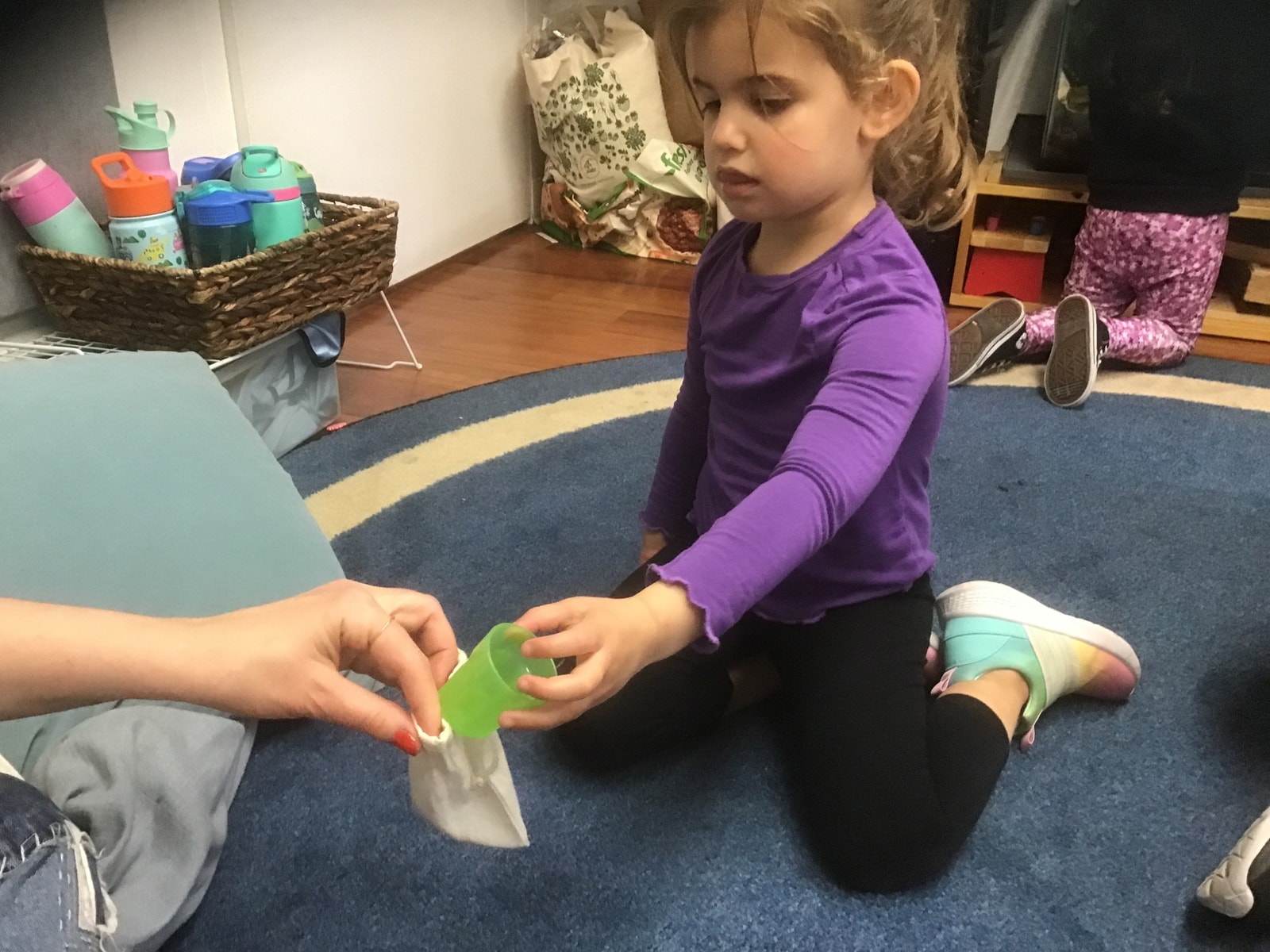“Can you guess what’s in the bag, what’s in the bag, what’s in the bag?”
We have been playing a delicious game at the end of the day. A familiar item was hidden in a little canvas draw-string bag. The teachers invited each child to feel, to smell, to shake and listen and finally, to guess what is inside the bag.
We noticed how guesses were initially based on fantastical ideas or whatever wonderful thought was on the child’s mind at the moment: “It’s Mommy!” or, “A dinosaur!”
As the weeks went by, the game evolved…or rather the thought-process employed by the children evolved. Their guesses became more descriptive, requiring more vocabulary: “It’s hard.” “It has a hole.” “It’s pointy.” Finally, their guesses became more and more serious and accurate, as they got some practice visualizing something they discerned with their senses other than their vision.
After every child felt the item inside the bag and made a guess (or decided not to guess) then came the “Sneaky Peak”, where only part of the item was made visible. Children could confirm the accuracy of their guesses.
Finally, the whole item became visible and each child could feel the item once more, this time without the canvas bag around it. So far, teachers have hidden a triangular Magna Tile, toy food, a coin, and many other familiar items from the classroom. This time, it was a little cup from our play-kitchen.
Children practiced community skills: patience, waiting for their turn, listening to their friends’ guesses and carefully passing the item to the next friend in the meeting circle.
In the end, just before we sang “Goodbye, See You Later, Alligator”, we returned the item to the canvas bag, for the next Yellow Room group to guess.

